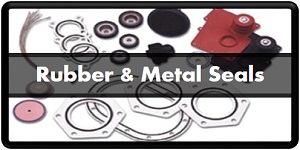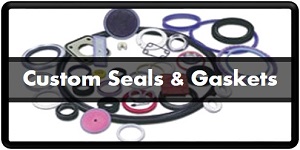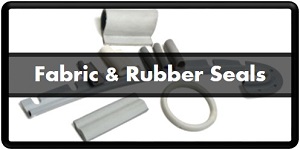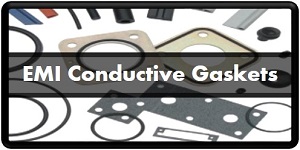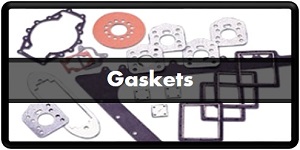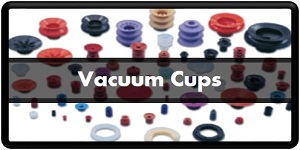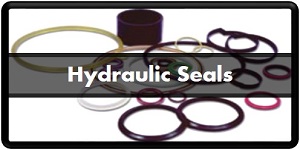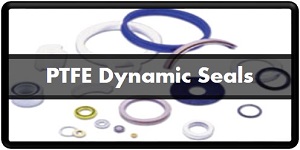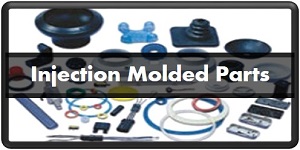EMI / RFI / ESD Shielding Seals & Gaskets
View our EMI/RFI/ESD Shielding Brochure
View our MIL-DTL-83528 Shielding Brochure
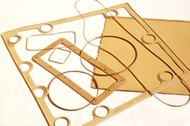 SSI’s engineered electrically conductive elastomers (conductive rubber) provide sealing solutions for mission critical applications that require both environmental and electromagnetic interference, electrostatic discharge, and radio frequency shielding. The incorporation of elastomeric seals & gaskets with alloys creates a multi-material compound capable of providing electrical shielding with the superior physical properties of an engineered elastomer. SSI’s material engineering team utilizes a variety of elastomeric binders combined with a large array of conductive fillers to custom design solutions for all types of applications in the aerospace, semiconductor, and medical device industries.
SSI’s engineered electrically conductive elastomers (conductive rubber) provide sealing solutions for mission critical applications that require both environmental and electromagnetic interference, electrostatic discharge, and radio frequency shielding. The incorporation of elastomeric seals & gaskets with alloys creates a multi-material compound capable of providing electrical shielding with the superior physical properties of an engineered elastomer. SSI’s material engineering team utilizes a variety of elastomeric binders combined with a large array of conductive fillers to custom design solutions for all types of applications in the aerospace, semiconductor, and medical device industries.
SSI provides materials that meet the material properties of MIL-DTL-83528
Conductive Products:
- Molded & die-cut gaskets
- Molded seals & shapes
- Spliced seals & gaskets
- O-rings & D-rings
- RAM Seals & Gaskets
- Waveguide Gaskets
- Flat washers
- Interfacial window seals
- Conductive fabric reinforced seals
- Co-molded environmental & EMI seals & gaskets
- Plate Seals
Elastomers & Fillers:
Conductive elastomeric seals & gaskets aid designers by providing a component that can provide both environmental and electric sealing. Proper selection of the elastomeric binder is critical for environmental conditions, and proper selection of the metal filler is critical for galvanic capability to mating surfaces, and corrosion resistance. See more about the chemical compatibility of these elastomers here.
- Silicone (solid & sponge)
- Fluorosilicone
- Fluorocarbon
- Neoprene (solid & sponge)
- EPDM
- Carbon
- Nickel coated graphite
- Silver coated nickel
- Silver coated aluminum
- Silver coated copper
- Pure silver particles
- Wire Orientated Fillers
- Monel
- Aluminum
Shielding Theory:
Electrostatic discharge (ESD) shielding is the process of limiting electric current that flows when an excess of electric charge, stored on an electrically insulated object, finds a path to an object at a different electrical potential (such as ground) by separating them with a barrier made of a lightly conductive material. Static dissipative materials have electrical resistance between insulative and conductive materials. There can be electron flow across or through the dissipative material, but it is controlled by the surface resistance or volume resistance of the material.
Typical materials for ESD shielding in the semiconductor and medical device industries include carbon-filled silicone and polyurethane blends that shield highly sensitive electronic circuitry.
Electromagnetic interference (EMI) shieldig is the process of blocking the induction of electromagnetic radiation, which is emitted by electrical circuits carrying rapidly changing signals, as a by-product of their normal operation to other circuits which causes unwanted signals (interference or noise). This is achieved by separating the circuits with a barrier made of conductive material.
Radio frequency interference (RFI) shielding is the process blocking radiofrequency electromagnetic radiation from one circuit to another by separating them with a barrier made of conductive material. This is achieved by separating the circuits with a barrier made of conductive material.
Typical solutions for EMI/RFI shielding in the aerospace and medical device industries include gaskets and custom molded seals made from highly conductive elastomers that bridge uneven seams in electronic packaging. Anything other than a 100% metal to metal contact can provide gaps that allow interference to degrade systematic performance.
Microwave absorption is the process of absorbing microwave/radar energy at discrete and broadband frequencies by converting the microwave/radar energy into heat. This is achieved
by magnetizing an elastomeric material by filling it with a magnetic alloy such as carbonyl iron or ferrite.
Microwave absorbing materials/ radar absorbing materials (RAM) are frequently used in the military industry for radar cross-section (RCS) reduction. Seals designed from microwave absorbing elastomers are effective in reducing both EMI and RCS.
Industry Solutions
Aerospace/Military: avionics packaging, enclosure shielding, TEMPEST requirements, radio packaging, canopy/window perimeters, access cover plates, antenna assemblies, composite structure gapping, missile electronics, missile canisters, and RCS reduction.
Semiconductor: semiconductor testing, robotic interfaces, chip handling, circuit shielding, and test equipment packaging.
Medical Equipment: PET, MRI, CAT scanning equipment packaging, display enclosures, panel doors, hand-held devices, and optoelectronics assemblies.

